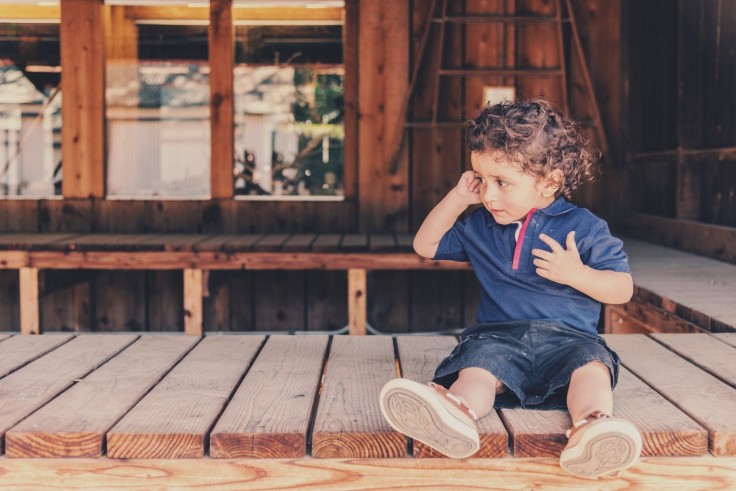
Selective mutism is a childhood anxiety disorder mainly characterized by a child's inability to communicate effectively in certain social situations. A child with this complex disorder may be able to talk freely at home while struggling to express themselves in unfamiliar environments such as playgrounds and school.
This disorder might be considered severe anxiety disorder as the child cannot speak even with their classmates at school or loved ones and relatives they don't usually see very often. This typically starts during childhood. If left untreated, it can persist into adulthood.
Selective mutism is commonly noted when a child cannot speak in school. Moreover, it is more than shyness or social anxiety. Substantial academic and social complications can result from this disorder.
This disorder affects roughly 1 in 140 little kids. This appears to be more common in girls and young ones learning a second language, including those who have previously migrated from their country of birth. Moreover, kids who have this disorder can still speak when nobody else is around to trigger the freeze response.
Read Also : What Children Should Know About Productivity and How Parents Can Teach Them to be Productive
How to spot selective mutism in kids?
Holly Schiff, M.D., a clinical psychologist at the Jewish Family Services of Greenwich in Connecticut, told the outlet that kids with selective mutism disorder might appear suddenly still along with a frozen facial expression. At the same time, avoid eye contact with others and look nervous and uneasy.
Kids with the such disorder might suddenly become nonverbal in public settings or around strangers.
Stefanie Blanco, a speech-language pathologist and professor at New York Medical College, said juveniles might have anxious avoidance behaviors and sensory sensitivities, including temper tantrums. Young ones affected by this may use and rely on other forms of communication, such as whispering, gestures, and pointing, to express themselves, per Very Well Family.
Sadly, the cause of selective mutism is not always clear. However, it's known to be linked with anxiety. Usually, it is regarded as a fear or phobia of speaking with certain people, especially unfamiliar ones. As time passes, the child would not talk and have difficulty taking daily events in their stride.
Treatment for selective mutism
Each child's treatment plan varies; some may need cognitive-behavioral therapy, family therapy, and speech-language therapy. Behavioral treatment mainly focuses on providing kids with a room to learn to speak in new settings during new activities and with new people. The therapy would primarily focus on reducing anxiety and teaching kids specific coping skills and desensitization/graded exposure that can benefit them.
Furthermore, another form of treatment may be used in speech therapy, as it is determined on a case-by-case basis. This treatment aims to change the child's behavior, mainly when it is hard for the child to communicate, American Speech-Language-Hearing Association says.
What parents can do to support their child with this disorder is always to keep communication pressure low. Never force your child to speak, as there is a proper treatment for it. Parents can use non-verbal communication to avoid giving kids some form of pressure until they feel comfortable enough to speak.
Aside from proper treatment, one of the keys to surviving this disorder is the support and praise of parents to children, as they will feel empowered and uplifted when they feel supported by loved ones.
Related Article : Why Do Some Children Chew on Shirts and Should Parents Be Worried?